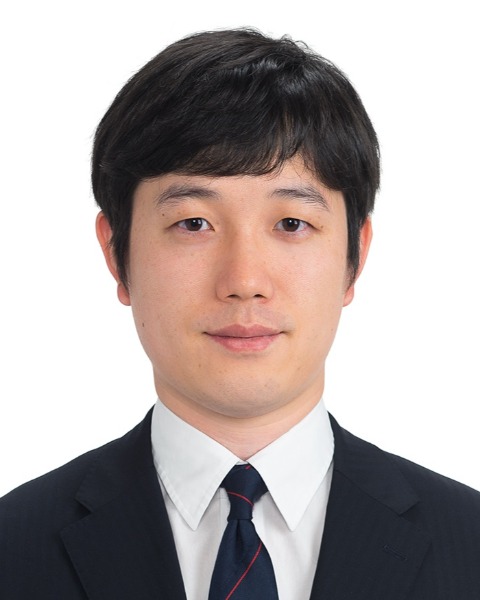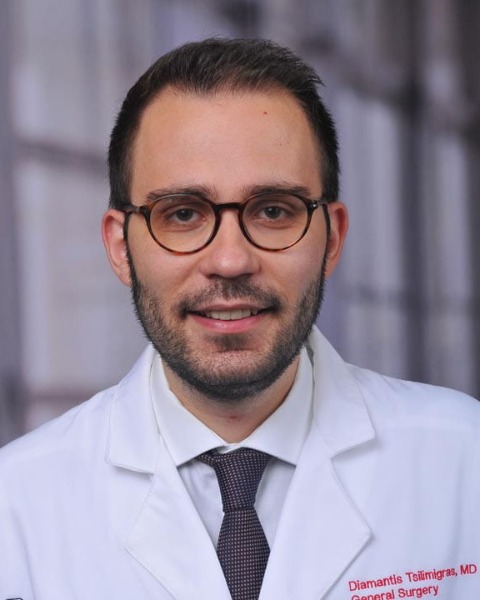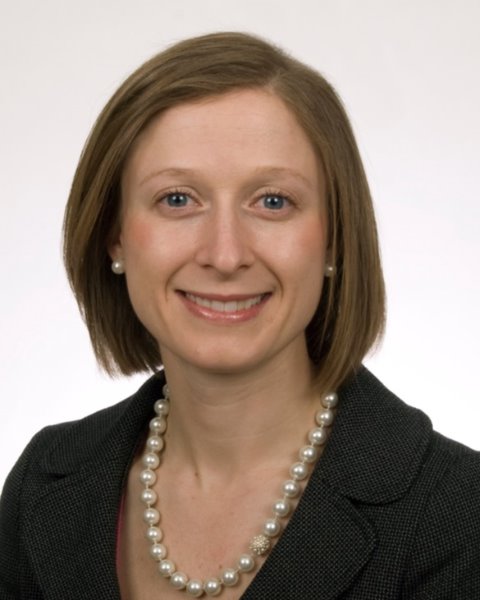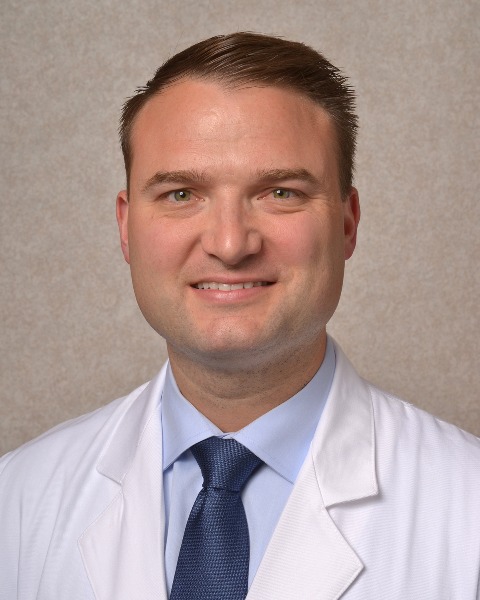Quality Improvement/Clinical Outcomes
E382: Association of Hospital Market Concentration with Outcomes of Complex Cancer Surgery

Muhammad Musaab Munir, MBBS (he/him/his)
Research Fellow
Department of Surgery, The Ohio State University Wexner Medical Center
Columbus, Ohio, United States
Muhammad Musaab Munir, MBBS (he/him/his)
Research Fellow
Department of Surgery, The Ohio State University Wexner Medical Center
Columbus, Ohio, United States
Yutaka Endo, MD, PhD
Research Fellow
Department of Surgery, The Ohio State University Wexner Medical Center, United States- SW
Selamawit Woldesenbet, PhD
Statistician
Department of Surgery, The Ohio State University Wexner Medical Center, United States 
Diamantis I. Tsilimigras, MD, PhD
Surgery Resident
Department of Surgery, The Ohio State University Wexner Medical Center
Columbus, Ohio, United States
Mary E. Dillhoff, MD
Surgical Oncologist
The Ohio State University Wexner Medical Center
Columbus, Ohio, United States.jpg)
Aslam Ejaz, MD
Surgical Oncologist
The Ohio State University Wexner Medical Center, United States
Jordan M. Cloyd, MD
Surgical Oncologist
Division of Surgical Oncology, The Ohio State University Wexner Medical Center, Columbus, OH, United States
Columbus, Ohio, United States
Timothy M. Pawlik, MD, PhD, MPH, MTS, MBA, FACS, FRACS (Hon.), FRCSEd (Hon.)
Surgical Oncologist
The Ohio State University Wexner Medical Center
Columbus, Ohio, United States
Timothy M. Pawlik, MD, PhD, MPH, MTS, MBA, FACS, FRACS (Hon.), FRCSEd (Hon.)
Surgical Oncologist
The Ohio State University Wexner Medical Center
Columbus, Ohio, United States
ePoster Abstract Author(s)
Author(s)
Submitter(s)
Author(s)
The association of hospital market concentration, financial costs, and quality of oncologic care has not been well-defined. We sought to evaluate variations in patient outcomes and financial expenditure following complex cancer surgery across high and low concentration markets.
Methods:
Medicare 100% Standard Analytic Files were used to identify patients with lung, esophageal, gastric, hepatopancreaticobiliary, or colorectal cancer who underwent surgical resection between 2018 and 2021. The hospital market Herfindahl-Hirschman index was used to categorize hospitals into low- and high-concentration markets. Multi-level, multivariable regression models adjusting for patient characteristics (i.e., age, sex, comorbidities, and social vulnerability), year of procedure, and hospital factors (i.e., case volume, nurse-bed ratio and teaching status) were used to assess the association between hospital market concentration and outcomes.
Results:
Among 159,236 beneficiaries, mean (SD) age was 74.3 (6.5) years, and roughly one-half the cohort was male (n=75,528, 47.4%). Overall, 36.3% (n=57,831) of hospitals were within a high-concentration market; of note, there was marked geographic variation relative to market concentration (Figure). Low- versus high- market concentration hospitals were more likely to be located in high social vulnerability areas (36.3% vs 28.0%; p< 0.001), as well as care for racial/ethnic minority individuals (14.9% vs 8.4%; p< 0.001), and patients with more comorbidities (≥2 Elixhauser comorbidities, 71.6% vs 70.1%; p< 0.001). On multivariable analysis, treatment at hospitals in high-concentration markets was associated with lower odds of perioperative complications (OR 0.93, 95%CI 0.89-0.97), extended length-of-stay (OR 0.93, 95%CI 0.89-0.97), and readmission within 30-days (OR 0.96, 95%CI 0.92-0.99) versus low-concentration hospital markets (all p< 0.05). In contrast, there was no difference in median Medicare expenditures for the index surgical admission (low-concentration: $16,305, IQR: $12,855-$24,724 vs high-concentration: $16,088, IQR: $12,713-$23,328; OR 1.00, 95%CI 0.98-1.02) (both p >0.05). Hospital market concentration impacted odds of peri-operative complications, length-of-stay, and readmission yet were not associated with expenditures related to complex cancer surgery. Hospital market consolidation may provide a good value proposition for complex, highly specialized procedures as these hospitals achieved higher quality care at equivalent costs.
Conclusions: Learning Objectives:
